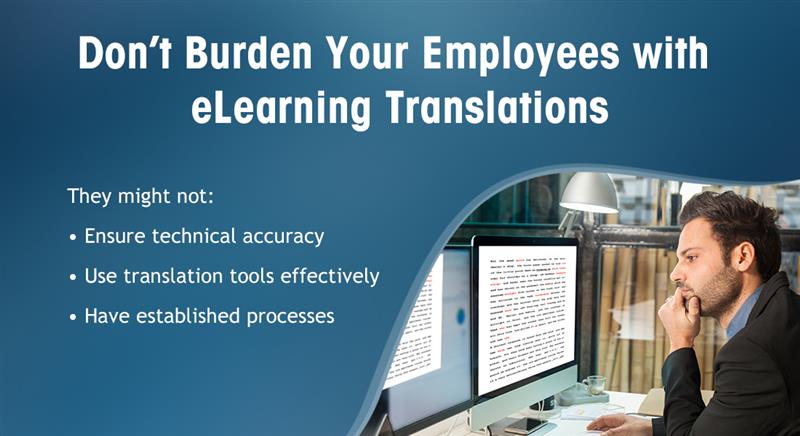Tapping a SME’s Tacit Knowledge: Part 2

In continuation of yesterday’s post, here are a few steps for getting into the mind of the SME when working with him/her for inputs for your training solution.

Decide on technique for asking questions
You can conduct a structured interview for inputs or you can let the SME speak spontaneously, analyze what he/she said, and get back with a set of questions. I believe that both are equally important for capturing the right kind of information. Structured interviews are a very time-efficient way of capturing relevant knowledge, whether explicit or tacit. A SME’s free-form narrative (story-telling or recording organizational stories) can also provide many context-related perspectives and anecdotal information through which you can glean a lot of tacit knowledge.
Ask the right questions
Asking the right questions is a make or break skill for any project. To be able to do this, some degree of preparation is required on both sides. To be able to extract critical information, guide the questions along a definite direction. Your questions should cover all aspects of a topic, both the must-dos and the don’ts.
Give enough response time
A simple tip here is that if you have a call with the SME to discuss inputs,do your homework, get the preliminary research in place, make your list of questions and mail it to the SME at least a day before the call. This gives him/her adequate time to be prepared with the responses that can be discussed on the call or on that meeting.
Use active and reflective listening
The second aspect of questioning is to validate your understanding by and then consolidate it into usable course content. This is possible with active and reflective listening. Much has been written about on this.
During the call or meeting, your ability to be an active and reflective listener will help you get the required inputs. Your ability to be a reflective listener will help you summarize, synthesize and reflect on the inputs so that you can synthesize raw information provided by the SME into a coherent, cohesive format.
Get your inputs validated
Once you gather your inputs, put down the synthesized information in a mail or a doc and send it across to the SME for validation. This small step can save many changes at the story-board stage. You can also use this doc as a spring-board for further questions to close any gaps.
Your course is going to be as good as the inputs you manage to gather, which in turn in going to be as good as the techniques you follow to tap the tacit knowledge in a SME’s head.




![3 Areas Corporate Training Can Tackle Negative Performance [Infographic]](https://blog.commlabindia.com/hubfs/Imported_Blog_Media/training-tackle-negative-performance-infographic-1.jpg)
